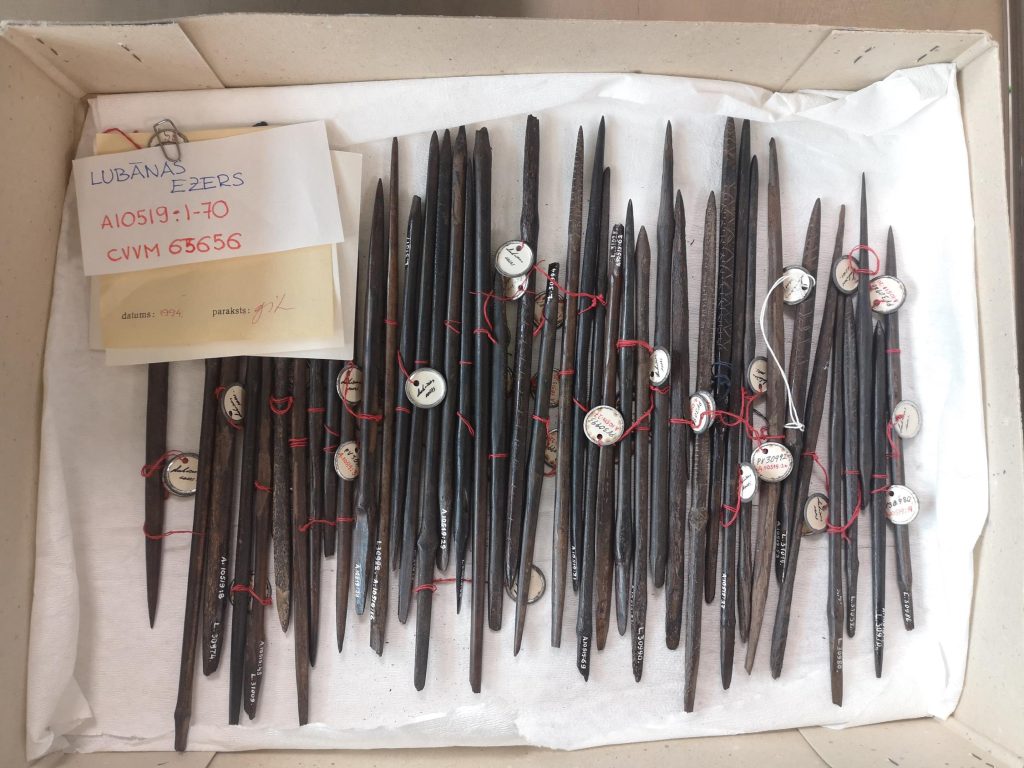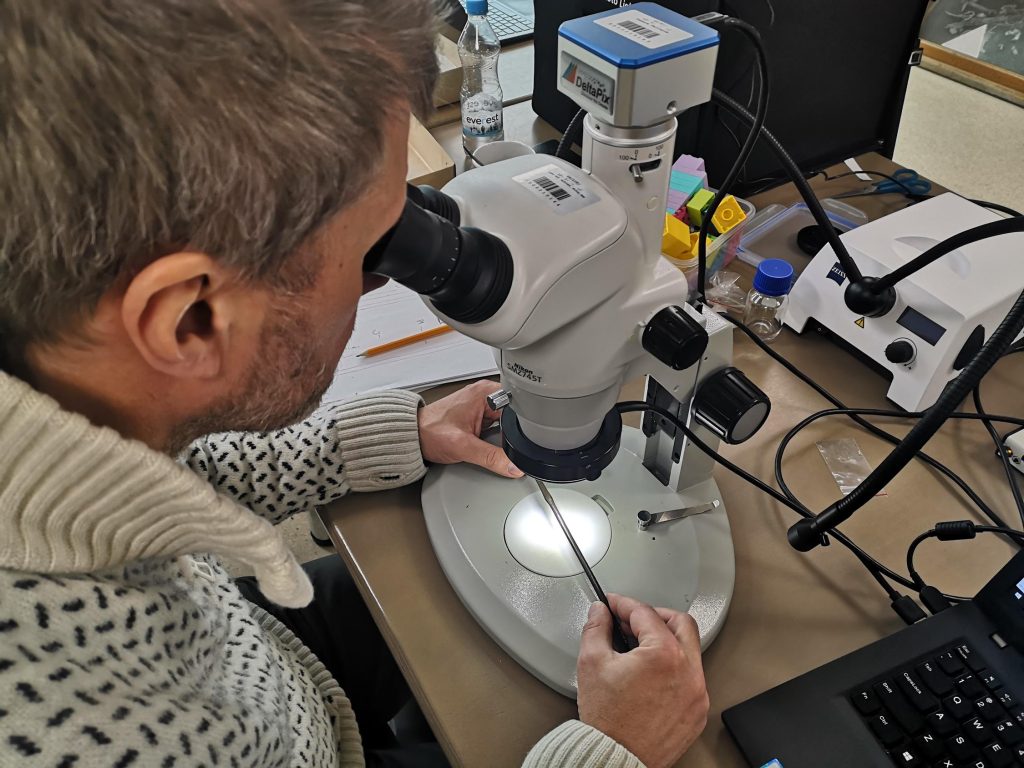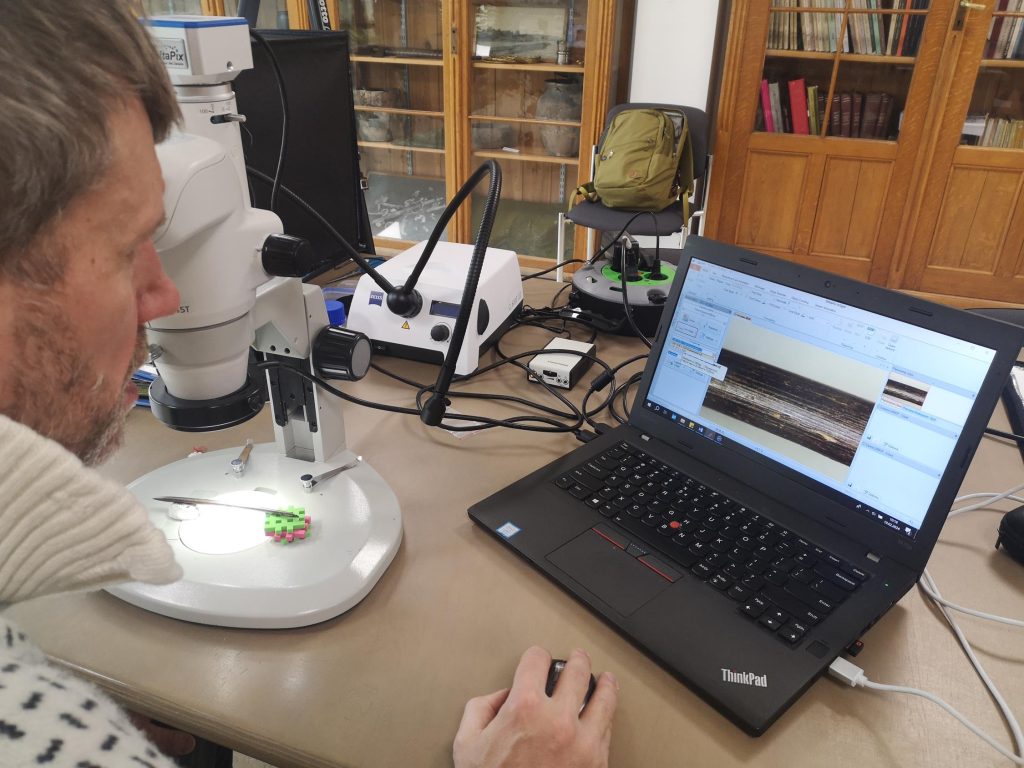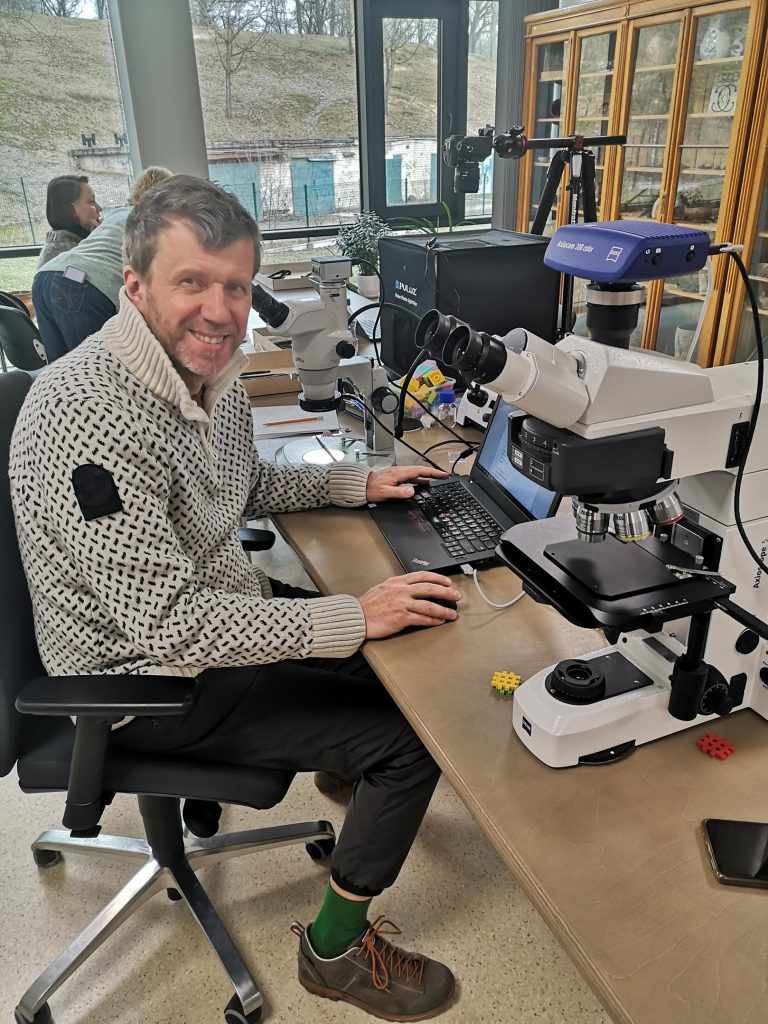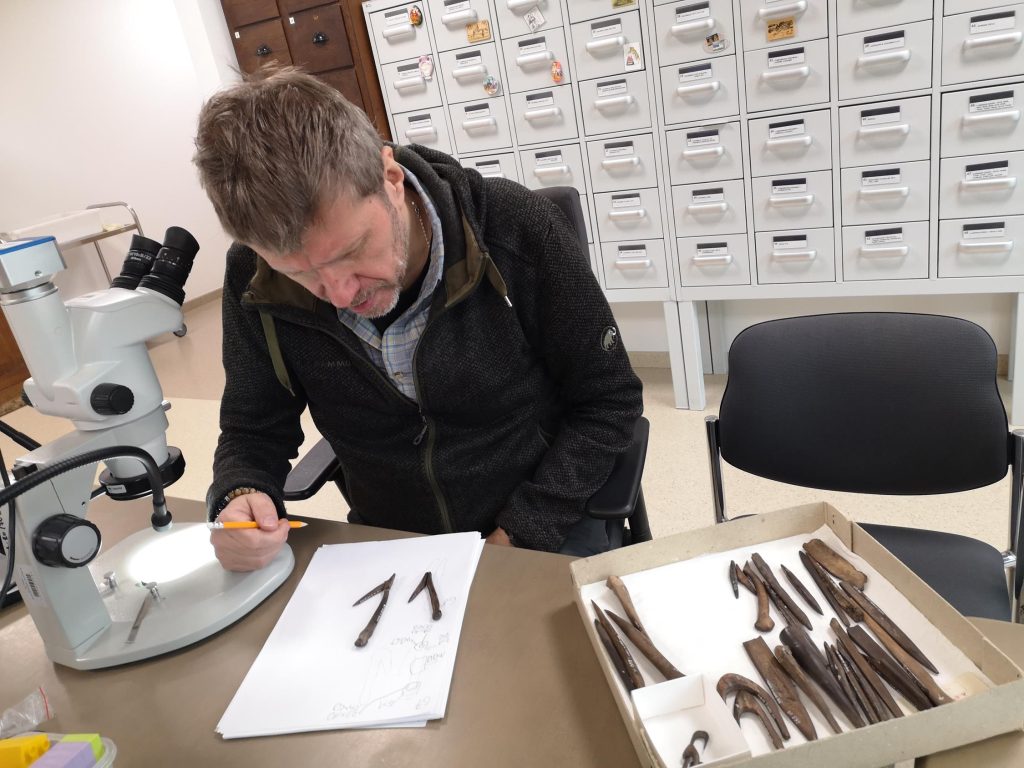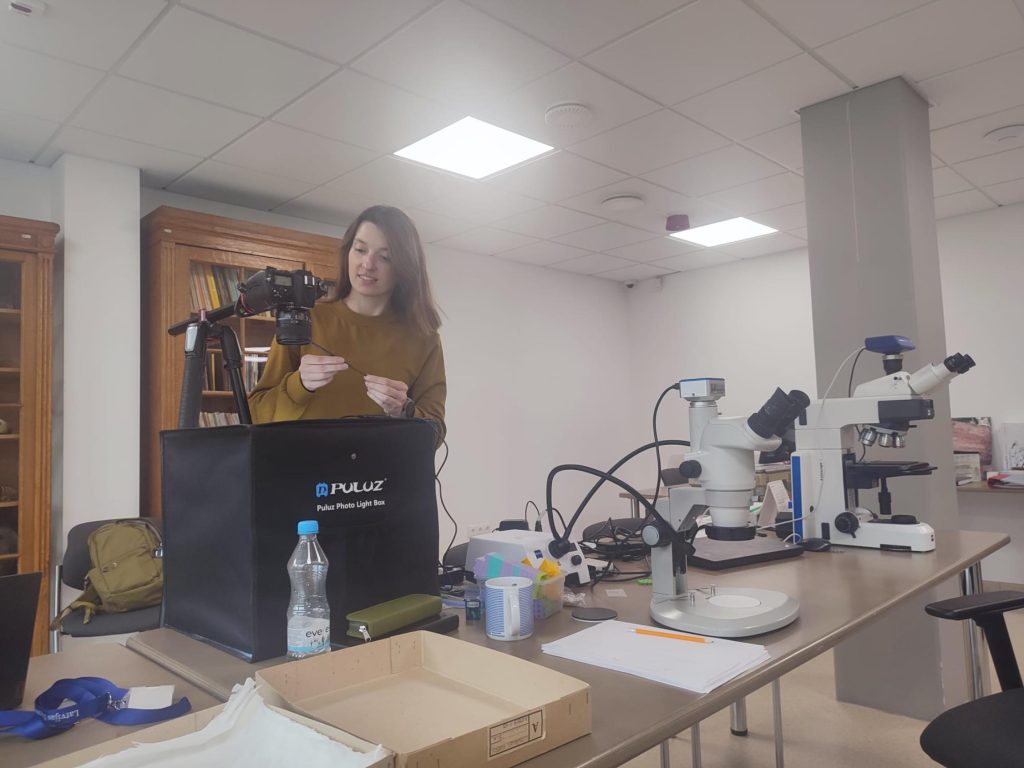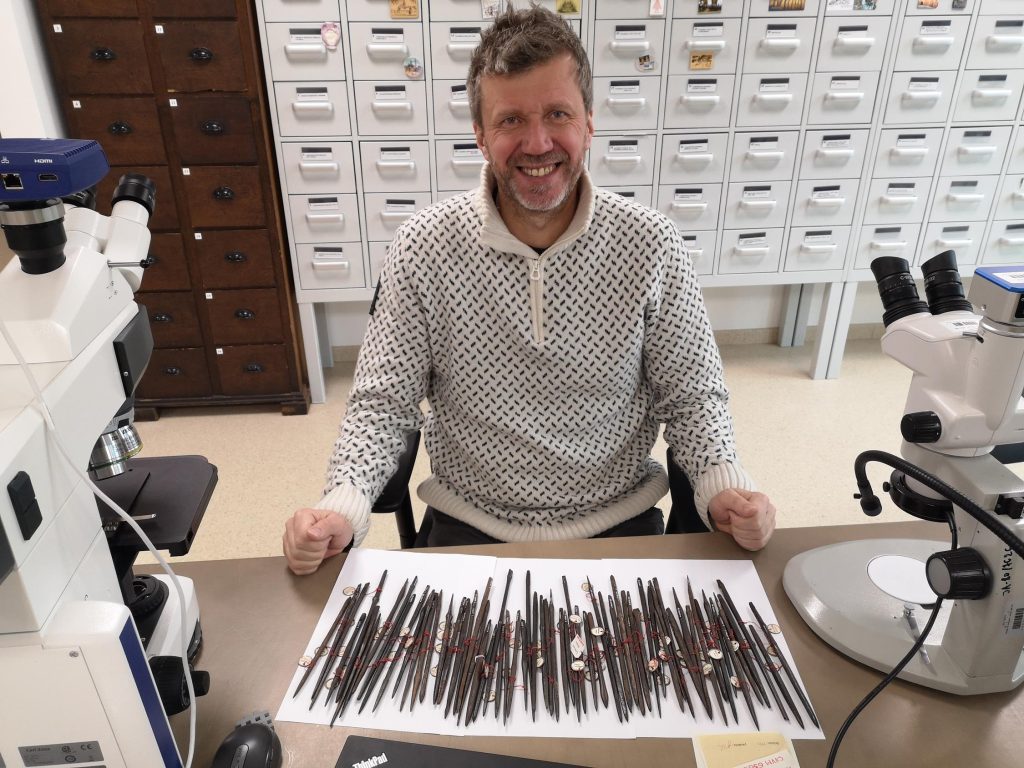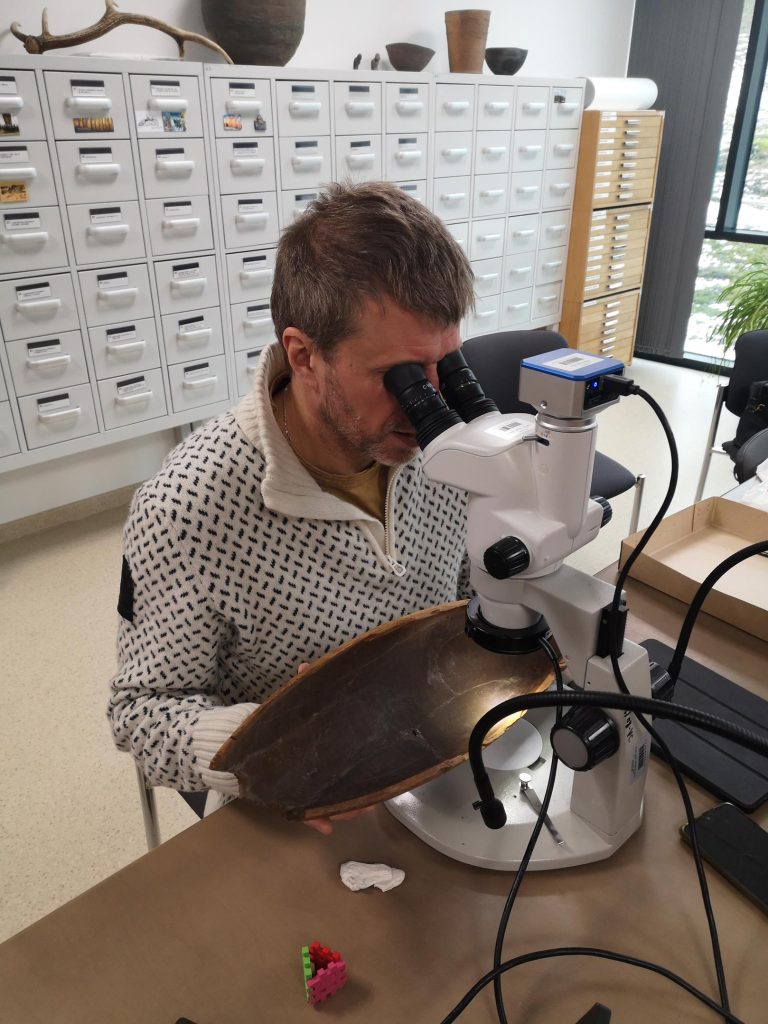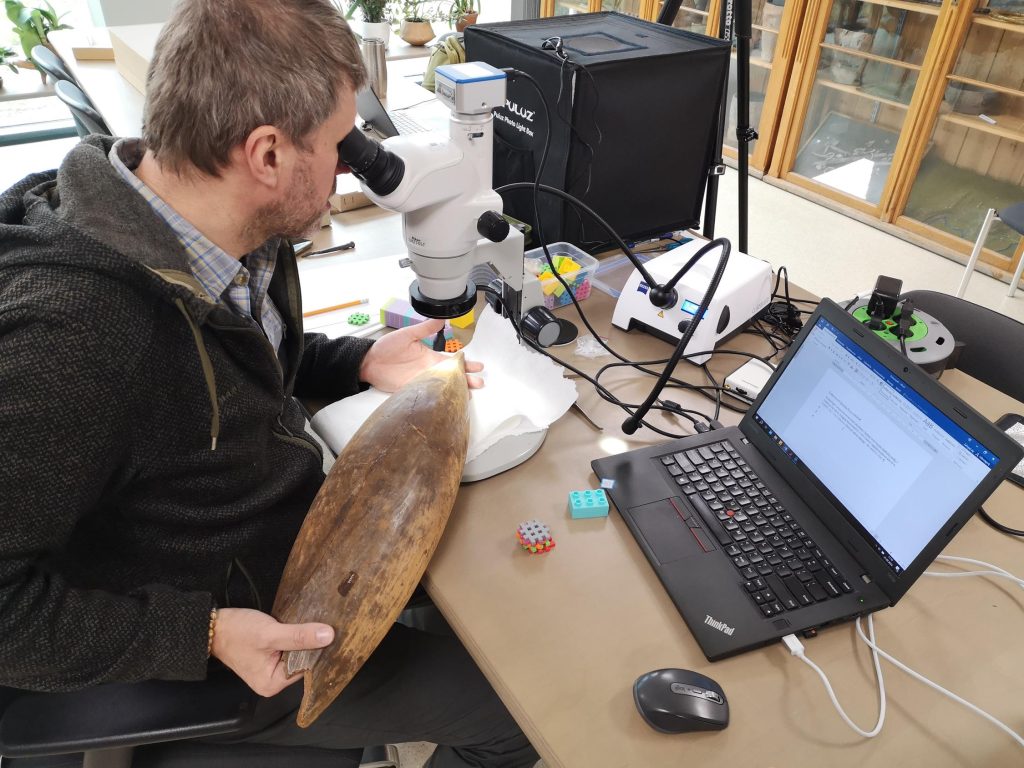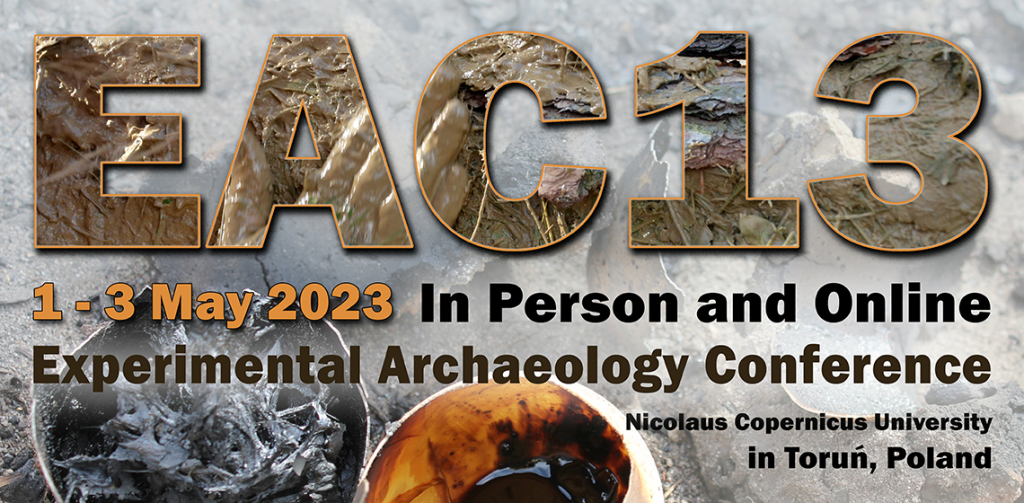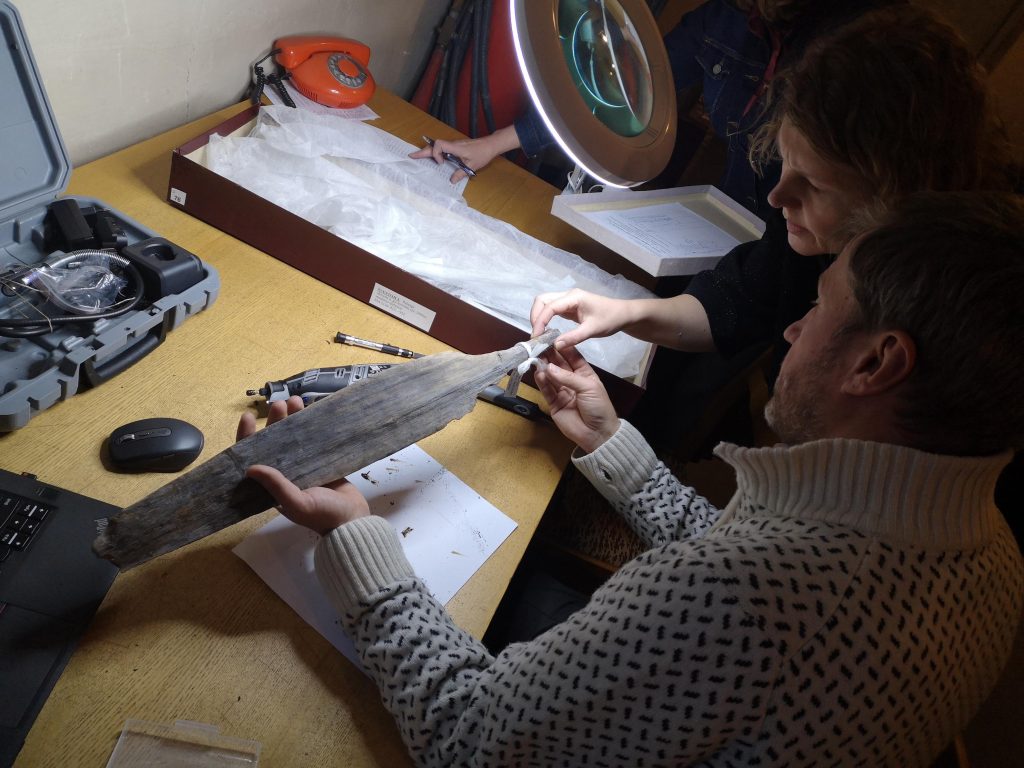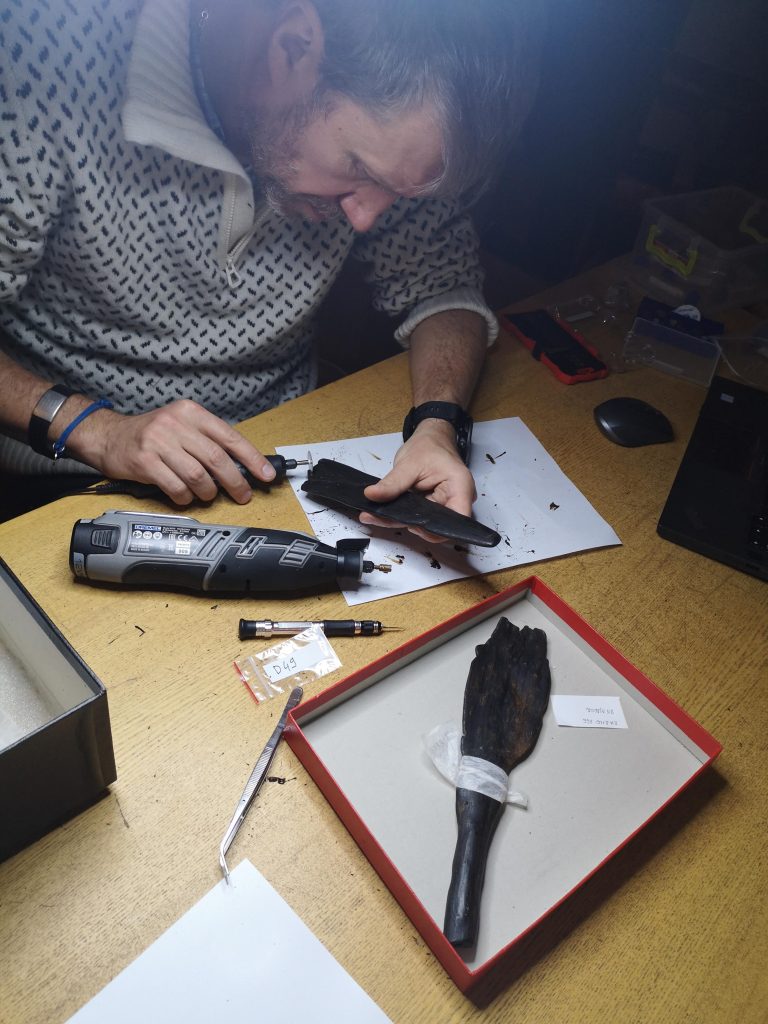We warmly invite you to submit articles to the Special Issue of Heritage (IF 1.9) dedicated to research on artefacts made from osseous raw materials:
👉 Current Studies on Archaeological Worked Bone Heritage 👈
The aim of this issue is to showcase the latest developments in:
▶️ methods and analytical tools used in the study of worked bone artefacts,
▶️ technological and functional analyses,
▶️ taphonomy of ancient bone industries,
▶️ analyses of organic and inorganic residues on bone tools.
We encourage researchers from various disciplines to contribute—without chronological or geographical limitations.
📅 Manuscript submission deadline: 30 June 2026
👉 More information and submission details can be found on the Heritage journal website at the link below:
https://www.mdpi.com/journal/heritage/special_issues/07G7AQD8D7
We warmly welcome your contributions!
Dr hab. Grzegorz Osipowicz, Prof. UMK
Dr Justyna Orłowska
Guest Editors






